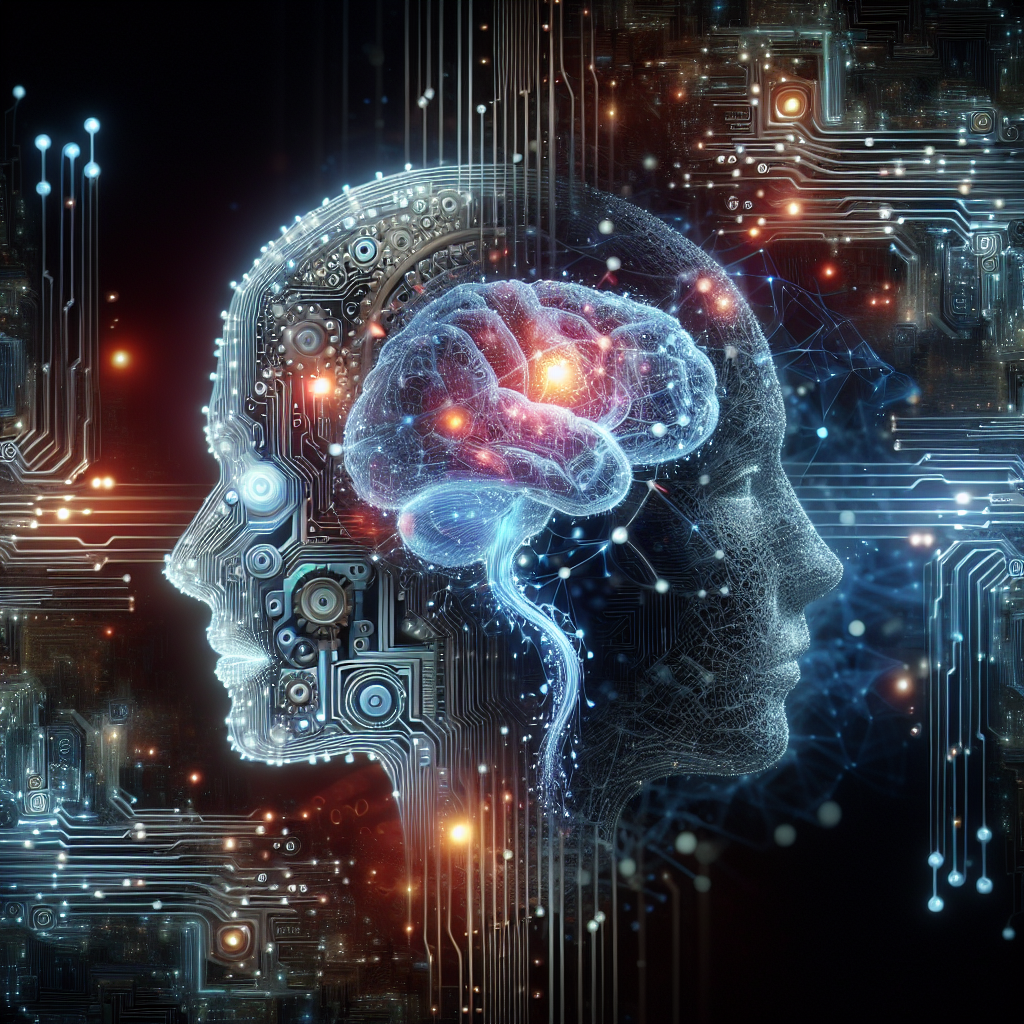Natural Language Processing (NLP) is a branch of artificial intelligence that focuses on the interaction between computers and humans using natural language. It has seen tremendous advancements in recent years, and its applications in data science have become increasingly important. In this article, we will explore the future of NLP in data science and its potential impact on various industries.
The Rise of NLP in Data Science
NLP has gained significant attention in recent years due to the increasing availability of large datasets and the development of advanced machine learning algorithms. NLP techniques have been used in a wide range of applications, including sentiment analysis, text classification, machine translation, and speech recognition.
One of the key drivers of the growth of NLP in data science is the increasing amount of unstructured data available in the form of text, audio, and video. Traditional data analysis techniques are not well-suited to handle unstructured data, making NLP an essential tool for extracting insights from this type of data.
NLP techniques have also become more sophisticated in recent years, thanks to advancements in deep learning and neural networks. These techniques have enabled the development of more accurate and reliable NLP models that can understand and generate human-like language.
The Future of NLP in Data Science
The future of NLP in data science is bright, with many exciting developments on the horizon. Some of the key trends that we can expect to see in the coming years include:
1. Multimodal NLP: Traditional NLP techniques have focused on processing text data, but the future of NLP lies in multimodal approaches that can handle multiple types of data, such as text, images, and videos. This will enable more comprehensive analysis of data and more nuanced understanding of human language.
2. Contextual NLP: Current NLP models often struggle to understand the context of a given piece of text, leading to errors in interpretation. Future NLP models will be able to understand and generate language in context, making them more accurate and reliable.
3. Explainable NLP: As NLP models become more complex and sophisticated, it will become increasingly important to understand how they arrive at their conclusions. Explainable NLP techniques will enable data scientists and researchers to interpret the decisions made by NLP models and ensure they are transparent and fair.
4. Personalized NLP: NLP models will become more personalized in the future, tailoring their responses and recommendations to individual users based on their preferences and behaviors. This will enable more personalized interactions between humans and machines and improve the user experience.
5. Real-time NLP: As the demand for real-time data analysis continues to grow, NLP models will need to become faster and more efficient. Real-time NLP techniques will enable data scientists to process and analyze data in real-time, making it easier to make informed decisions quickly.
FAQs
Q: What are some common applications of NLP in data science?
A: Some common applications of NLP in data science include sentiment analysis, text classification, machine translation, and speech recognition. These techniques are used in a wide range of industries, including marketing, customer service, and healthcare.
Q: How can businesses benefit from using NLP in data science?
A: Businesses can benefit from using NLP in data science by gaining insights from unstructured data, improving customer interactions, and automating repetitive tasks. NLP techniques can help businesses make better decisions, personalize their offerings, and streamline their operations.
Q: What are some challenges of using NLP in data science?
A: Some challenges of using NLP in data science include handling large amounts of data, ensuring the accuracy and reliability of NLP models, and interpreting the decisions made by NLP models. Data scientists and researchers need to address these challenges to ensure the success of NLP projects.
Q: What are some emerging trends in NLP in data science?
A: Some emerging trends in NLP in data science include multimodal NLP, contextual NLP, explainable NLP, personalized NLP, and real-time NLP. These trends are shaping the future of NLP and will have a significant impact on the field in the coming years.
In conclusion, the future of NLP in data science is bright, with many exciting developments on the horizon. As NLP techniques become more sophisticated and versatile, we can expect to see more accurate, reliable, and personalized NLP models that can handle a wide range of data types and contexts. Businesses that embrace NLP in their data science projects will be able to gain valuable insights, improve customer interactions, and make better decisions in the fast-paced digital world.

